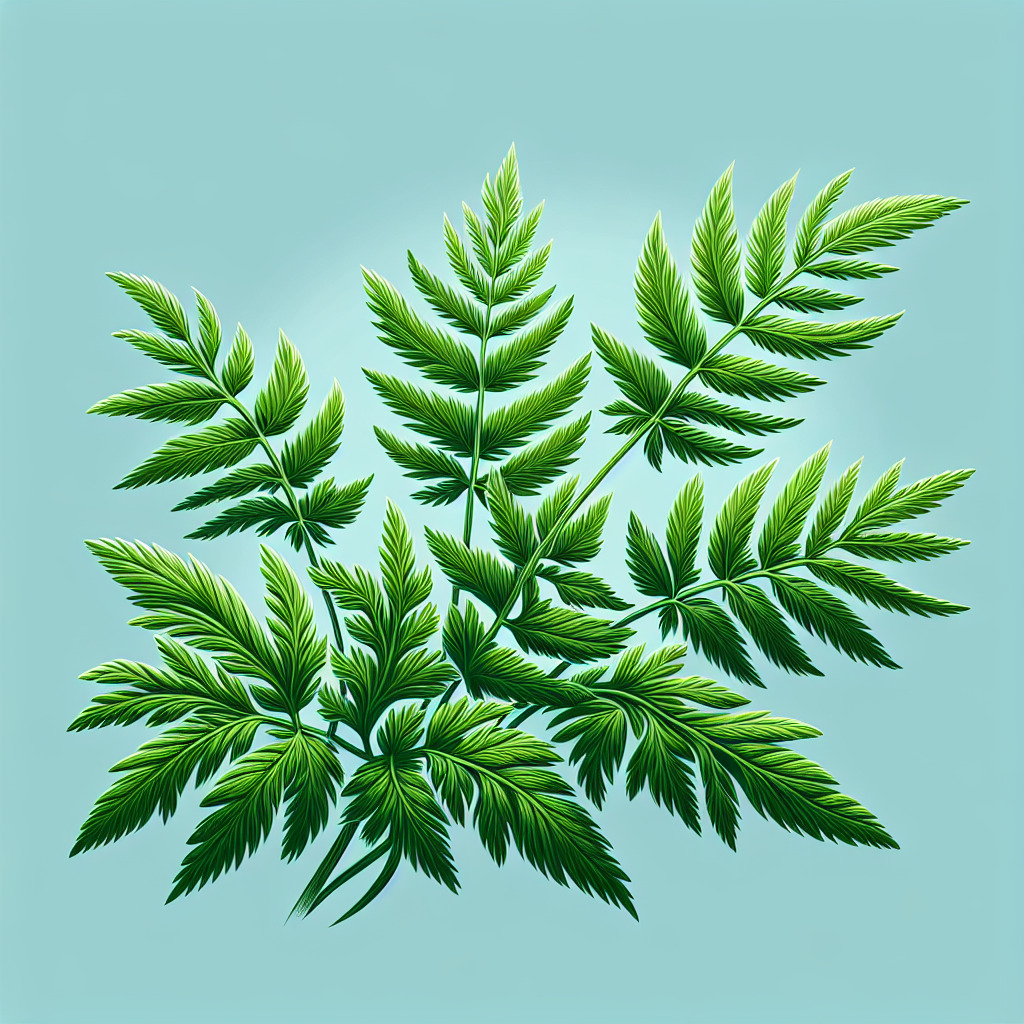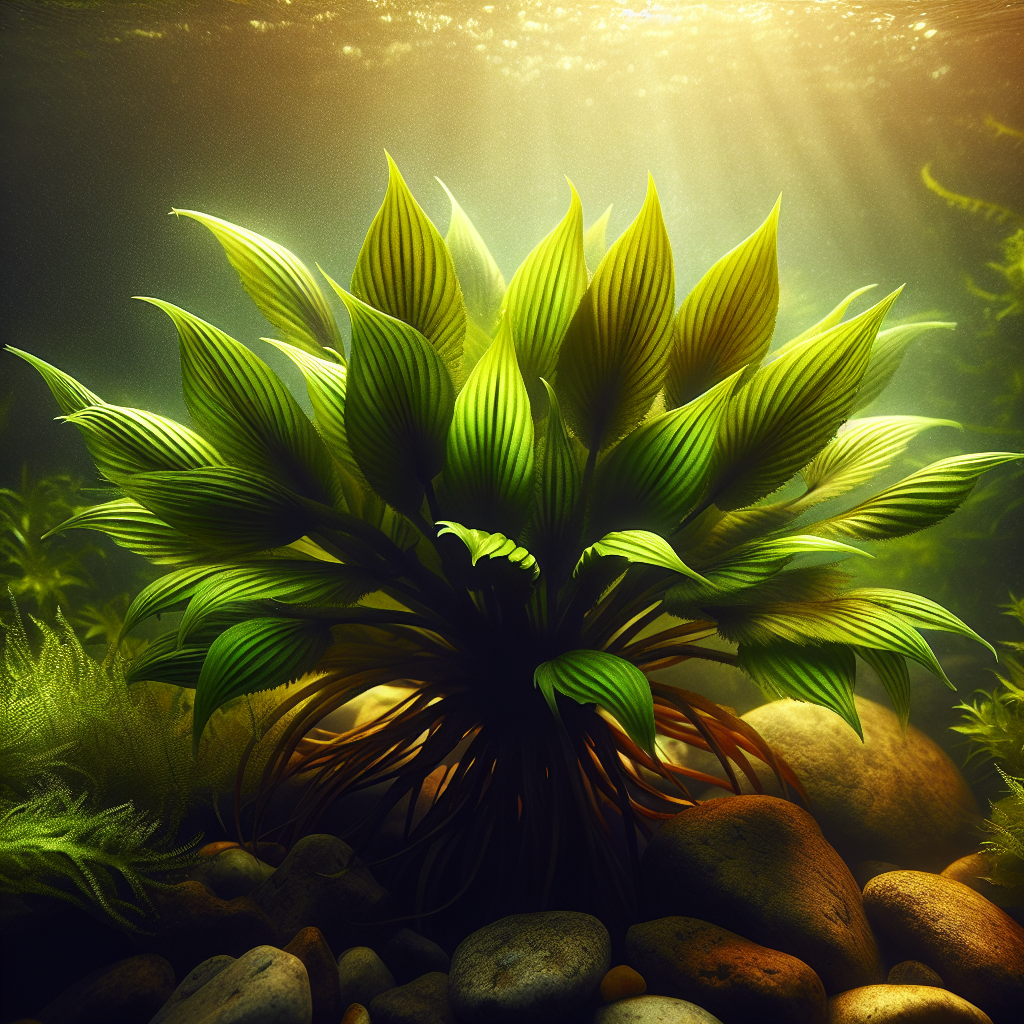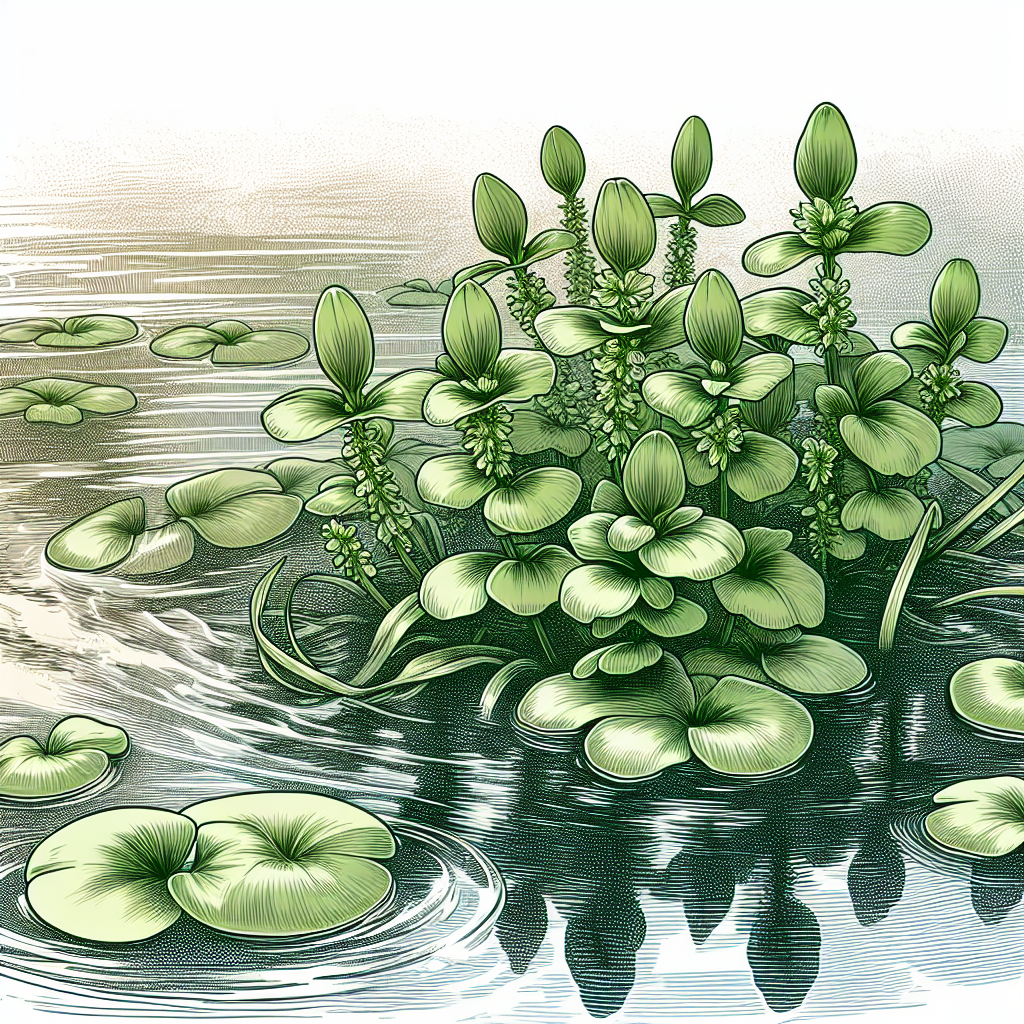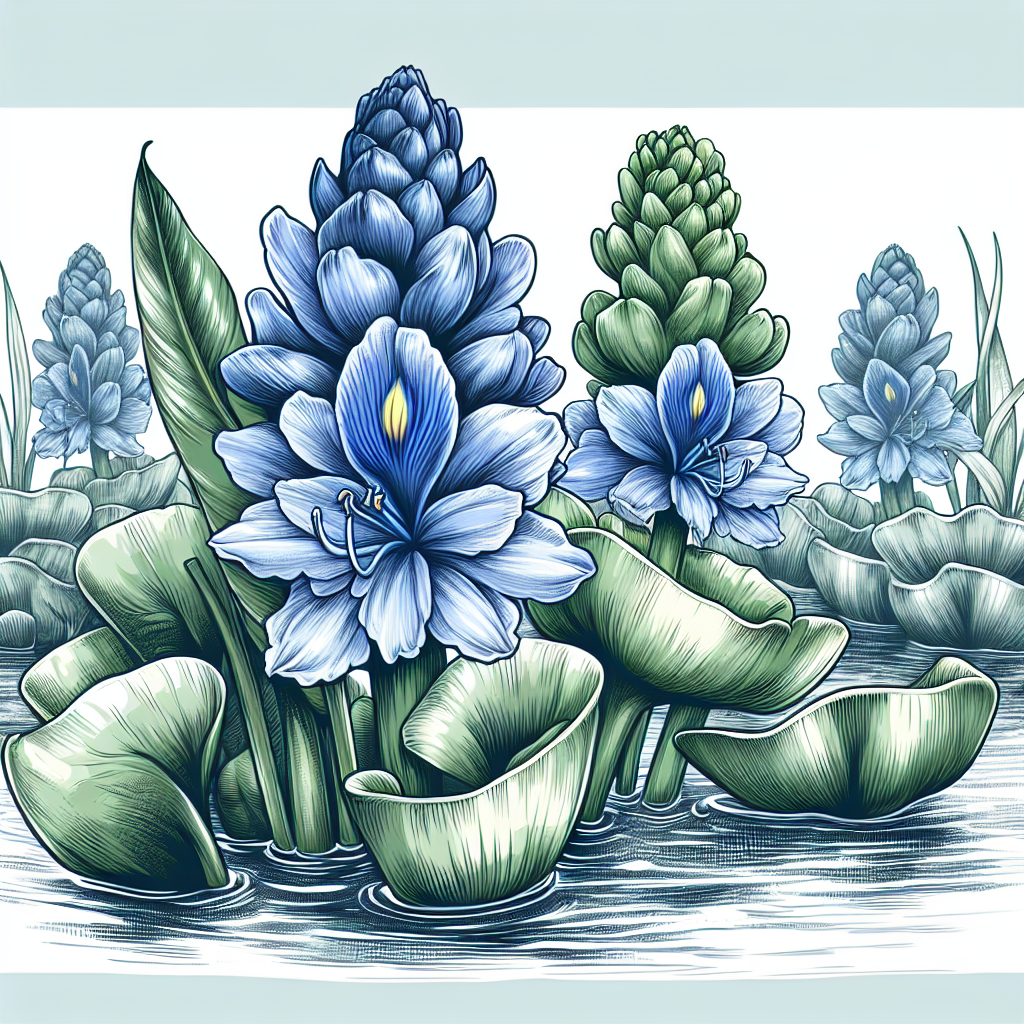Exploring the Aquatic Plantopia
Our journey dives under the surface of sparkling aquariums and explores the lush, quiet realms of underwater fauna. Just like on terra firma, the aqua sphere has its share of captivation, playing host to unique and awe-inspiring plant species. Understanding these species helps to create collaborative eco-spaces for aquatic life, and adds magnificence to your personal aquarium.
Aquatic Plant Basics
Aquatic plants, or hydrophytes, have adapted to survive in aquatic environments. They may be fully submerged, floating or marginal, the latter ribbing the edges of water bodies. Their vital roles include creating habitat, offering food, maintaining water quality, and providing oxygen for aquatic life.
- Fully Submerged Plants: These live entirely underwater and are also known as true aquatics or oxygenating pond plants. Nitrate removers, they help keep aquarium water clear and algae-free.
- Floating Aquatic Plants: These do not require soil to grow, as they pull their nutrients right out of the water. They provide fish a safe haven from predators and sunlight.
- Marginal Plants: They thrive on the borders of an aquarium, their roots underwater and leaves in the open air. Aesthetically appealing, they help manage nitrogen levels in the water.
Popular Submerged Aquatic Plants
Anacharis:
Hardy, low maintenance, and reputed as a beginner's best bet, Anacharis helps combat algae, oxygenates water, and provides a great spot for spawning. Here's a captivating image of this serene green beauty:

Java Moss:
Java Moss, with its undemanding care, and its fast and fluffy growth, provides excellent cover for fish and their fries. Check out Java Moss, ideal for shrimp tanks and nano aquariums:
Amazon Sword:
Native to central and south America, these large, eye-catching plants boost the aesthetics of your aquarium. They are easy to care for and form a great hiding spot for fish.

Exploring Floating and Marginal Plants
Duckweed:
As a floating plant, Duckweed provides a unique aesthetic appeal to your aquarium. Being an excellent nitrate remover, it aids in maintaining water quality. Plus, it acts as a snack for some fish species!

Water Hyacinth:
Water Hyacinth, with its thick, glossy leaves and beautiful purple flowers, is a great addition for outdoor ponds. This plant also acts as a filtration system by absorbing excess nutrients from the water.

Caring for Your Aquatic Plants
Just like their terrestrial counterparts, aquatic plants require proper light, nutrients, and maintenance to thrive. These needs often depend on the specific species of plant. You may want to learn more about plant species diversity and its importance, you can find details from an external source here.
- Plant Food: Different plants have distinct nutritional needs, from iron to potassium. Ensure they receive the right plant food to flourish.
- Lighting: Aquatic plants also photosynthesize, hence require appropriate lighting. Too little or overly bright lighting can have adverse effects on plant health.
- Maintenance: Prune dead or dying leaves regularly. Also, monitor your plants for disease and pests, and address them promptly.
Login to the Aquatic Plantopia
You will discover a tranquil world filled with intricate and unique life forms as you explore aquatic plants. From the lush green Anacharis to the vibrant Water Hyacinth, aquatic plants can drastically enhance your aquatic ecosystem, providing not just visual appeal, but also offering vital functions. With proper care and management, your aquarium can indeed become a living piece of art.